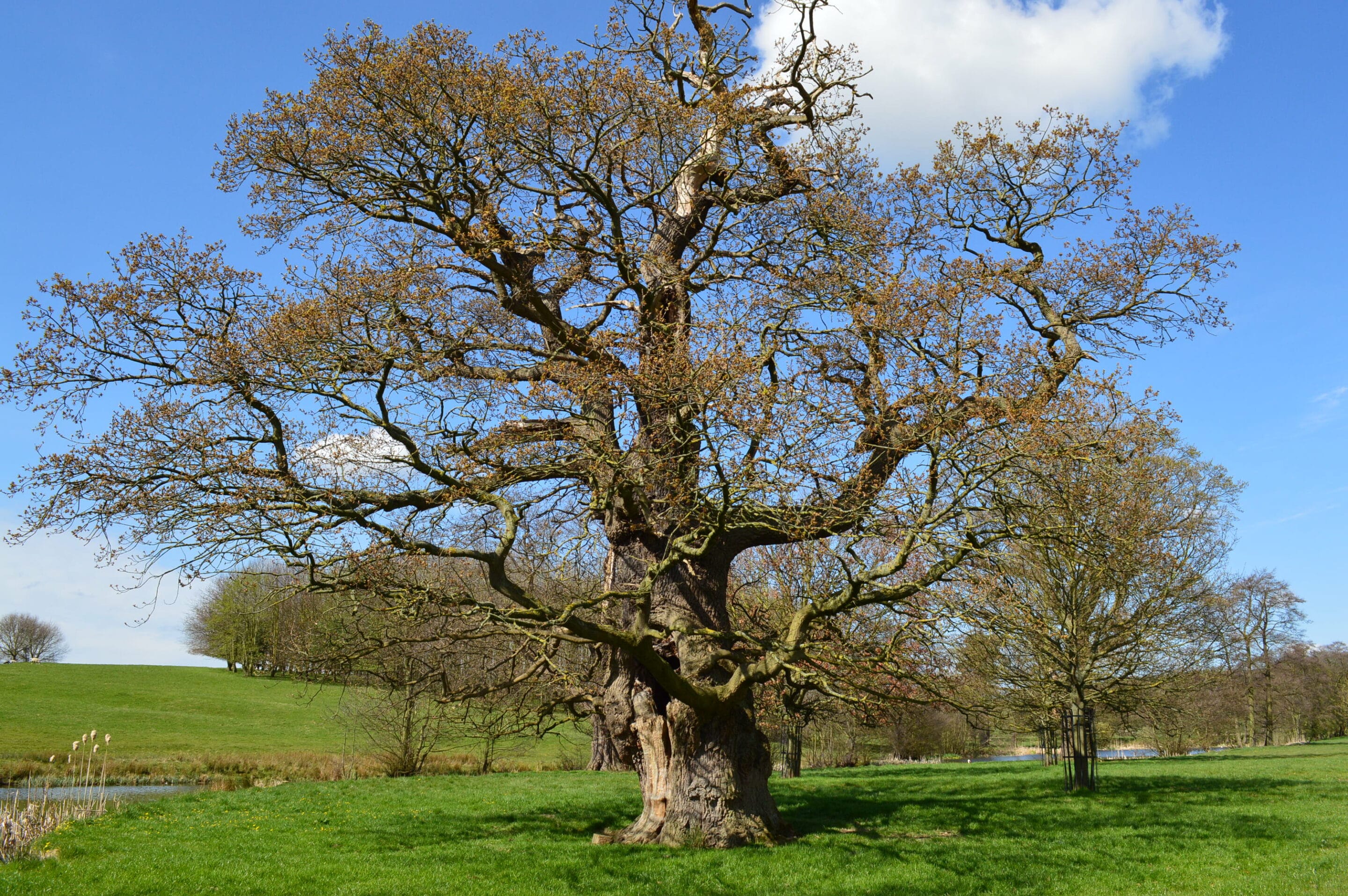Tree Protection Order: Planning and Development
A Tree Preservation Order (TPO) is usually made by a local planning authority to protect individual trees or woodland from deliberate destruction or damage. This includes uprooting, felling, topping, lopping or any other form of wilful damage.
A Tree Preservation Order can be placed on any tree, and it also applies to work on woodland. Tree Preservation Orders are most commonly used in urban settings for trees with ‘nature conservation value’ or high ‘amenity’.
If you are looking to apply for a Tree Preservation Order, or you want to obtain planning permission for development in an area where there are protected trees, you will need the extensive range of services provided by one of our experienced tree consultants in order to meet the requirements necessary.
How does a TPO protect trees and woodland?
If a tree is protected by a TPO or it is located within a conservation area, permission will be required from the local planning authority in order to carry out construction or to remove a tree.
If permission is not sought or it is not granted by the council, then they have the ability to prosecute anyone that violates the order. Consent is not required if a tree is considered dangerous, diseased, or dead. Although, you should be prepared to prove this, and you should be able to show that the development fell within the exemption.
Landowners have the right to appeal within 28 days if they have a planning application refused due to reasons relating to a TPO.
Information required for consent
In order to gain consent for development that involves trees that are protected by a Tree Protection Order, you will be required to provide a range of details as part of an application. These include:
- The tree type and condition
- A map that shows the tree’s location. This should show the distances between trees, properties, boundaries, and relevant features. Roads and adjoining properties should also be included.
- The applicant’s interest in the tree
- A description of the intended development and the reason for the work. This should show which trees will be affected and the type of work on a tree that will be conducted.
- Any replacement trees which will be planted.
The application should be detailed and extensive in order for the local planning authority to understand the proposal and the reasons why the tree applicant requires consent. An application for consent can take up to 8 weeks to gain approval. Therefore, if you believe that your development may affect trees under a Tree Protection Order, you should apply for consent as soon as possible.
Tree consultants and tree officers can assist with applications for consent and can help to obtain the necessary details that are required to ensure that it is successful. If you are looking to apply for consent and you think that surrounding trees could impact this, please get in touch to find out more about our arboricultural services.
Conservation areas
Normal Tree Protection Order procedures apply when a tree in a conservation area is already protected by a TPO. However, if a tree in conservation areas is not protected by a TPO, you must still give a written notice to the local planning authority of any proposed work at least 6 weeks before development work commences. This is a ‘section 211 notice’, and it provides local authorities with the opportunity to consider protecting the tree with a TPO. More information on this can be found in The National Policy Framework.
Tree consultants
A tree consultant is a professional that is qualified in tree and woodland management. The role of a tree consultant is to advise developers and assess the health, management and benefit of trees protected by TPOs.
Tree consultants have a varied role within ecology. They undertake tree surveys and prepare tree reports for clients regarding individual trees or groups of trees located on development sites. They understand what is required to gain planning permission and can help clients to ensure that their development achieves this.
On development sites where retained trees are endangered by construction work, a consultant may be required to provide specific mitigation measures that must be taken to protect trees from damage.
Arboricultural services are typically required by developers involved with the planning and development of a site. Landscape designers, professionals in the construction industry, architects and individuals looking to obtain planning permission for a property may all require tree consultant services.
How can Collington Winter assist?
Collington Winter believe in a pragmatic approach to development. We meet the needs of developers whilst also ensuring positive outcomes for surrounding wildlife. We work alongside our clients to find solutions and develop relationships.
We believe that an early consultation alongside one of our experienced tree consultants is the best way to improve the chances of a successful development project with a local planning authority.
Over the years, we have built strong relationships with key stakeholders across the UK. To find out how a tree consultant from our team could assist on your development project, contact us using the details below.
Contact Us
Registered Address
23 Bark Street East, 1st Floor, Bolton, BL1 2BQ
Telephone
Bolton Office: 01204 939 608
Dumfries Office: 01387 378208


